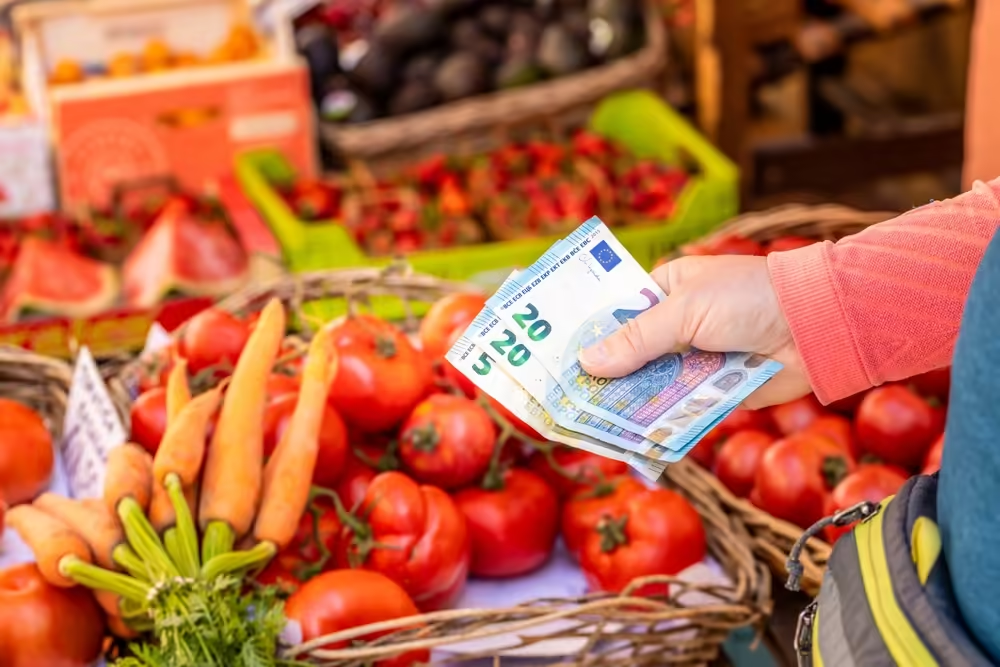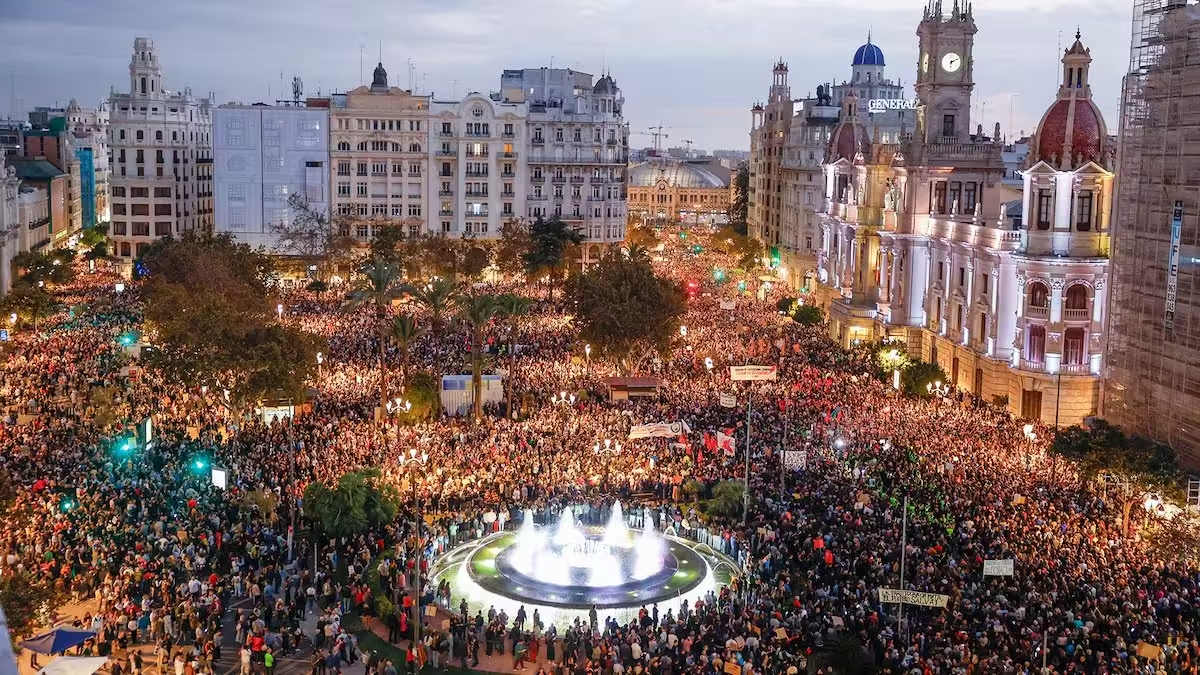Inflation Rises to 2.7% in July as Energy Costs Climb
Spain’s annual inflation rate rose to 2.7% in July 2025, according to preliminary data released by the National Statistics Institute (INE). This is a rise of four-tenths of a percentage point compared to June, when the rate stood at 2.3%. The increase is largely due to the higher cost of electricity and fuel, and marks the strongest quarterly rise so far this year.
The INE pointed out that last year, in July 2024, electricity prices dropped sharply. This year’s increase is partly explained by that comparison, known as a ‘base effect.’ Combined with the recent rise in fuel prices, these changes have pushed the overall inflation rate up.
Electricity and fuel push prices higher
The price of electricity has risen noticeably compared to the same period last year. This is the main factor behind the July increase in Spain’s inflation rate. Fuel prices also climbed, although not as sharply, adding to the overall rise in the Consumer Price Index (CPI).
The CPI measures the average change in prices paid by consumers for goods and services. It includes everything from groceries and clothing to electricity and petrol. The July increase signals growing pressure on household budgets, especially in terms of utility and transport costs.
Core inflation stays more stable
Core inflation, which excludes fresh food and energy products because of their price volatility, increased slightly to 2.3% in July, just one-tenth higher than June’s figure. This suggests that most of the price increases are coming from the energy sector, rather than widespread inflation across all goods and services.
According to the INE, this relatively stable core inflation indicates that the underlying economy is not experiencing strong inflationary pressure beyond energy and fuel.
Government sees signs of economic strength
Despite the rise in headline inflation, the Ministry of Economy said that Spain’s economic outlook remains positive. In a statement, the Ministry noted that this inflation trend ‘is compatible with a strong and dynamic Spanish economy,’ which continues to lead growth among major European countries.
Officials also pointed to record levels of job creation and rising wages, stating that these improvements are helping families gradually recover their purchasing power after several years of cost-of-living challenges.
Prices fell slightly month-on-month
Although inflation rose year-on-year, consumer prices in July were 0.1% lower than in June. This small monthly decrease breaks a run of nine straight months of price increases. It could reflect seasonal changes, such as summer sales, or lower prices in certain sectors.
European inflation follows a similar pattern
The Harmonised Index of Consumer Prices (HICP), which allows for comparison with other EU countries, also rose to 2.7% in July, matching the national rate. Like the main CPI, this was a four-tenths increase compared to the previous month.
Core HICP inflation remained stable at 2.3%, while the monthly rate fell by 0.4%. These figures suggest that Spain’s inflation trends are in line with broader patterns across the eurozone.
Final figures expected in mid-August
The current figures are based on the INE’s advance estimate, which uses data collected from more than 210,000 prices across 177 towns and cities in Spain. The final CPI and HICP data for July will be confirmed and published on August 13.
Until then, these early results offer a snapshot of how inflation is affecting Spanish consumers, and suggest that electricity and fuel prices remain key factors to watch in the months ahead.
What about you?
Have you noticed a difference in your electricity bill this summer? Are you using the air conditioning more or less than in previous years? With energy prices rising again, we’d love to hear how it’s affecting your daily life. Let us know in the comments or join the conversation on our social media pages.
Maximise Your Audience
Reach English-speaking readers in Spain with sponsored articles on The International Reporter. Each article reaches thousands of readers and, in some cases, is featured on our Resources page for ongoing visibility. We also collaborate with some of the largest expat Facebook groups in Spain, helping your content reach a highly engaged audience.
Contact us at info@theinternationalreporter.com to get your story or business noticed.
Share this content:




2 comments